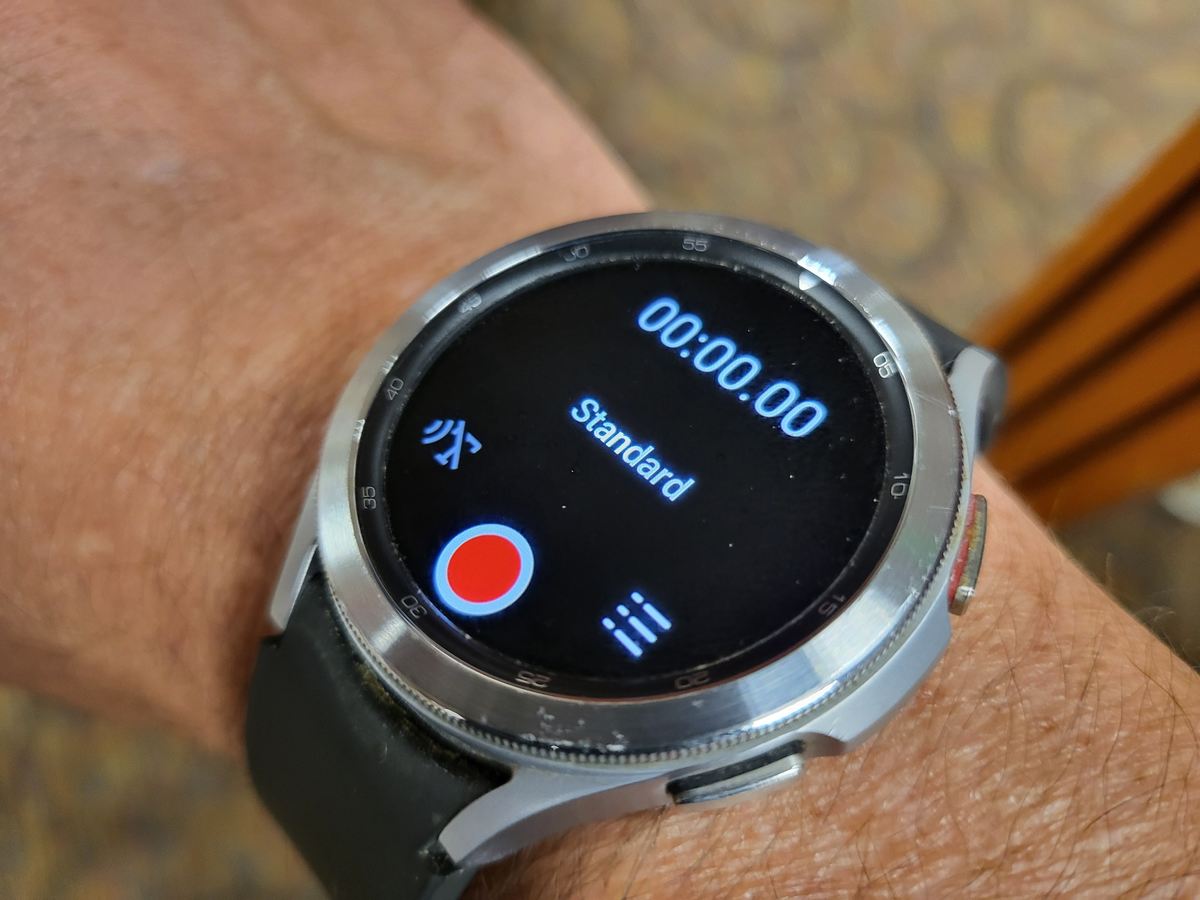Let’s be real. In my head, I set daily "Super Man" goals—flying through tasks, always on top of every detail, no kryptonite in sight. Reality check? Yeah... I rarely hit that bar. My to-do list is a mile long, rockstar ideas need nurturing, classes need finishing, and that 4-mile run is still waiting for me. Sure, all professionals face these challenges, but for those of us with ADHD brains (running on “hyper-speed but in the wrong direction"), it’s a whole different ballgame.
While ADHD gives me some great superpowers (hello, hyperfocus 🧠💥), it also brings a few not-so-heroic challenges. One of the biggest? If something’s not right in front of me (or on my project board), it vanishes—poof! This morning’s X post about those "re-ah ha" moments is a perfect example. As a kid, I thought something was wrong with my noodle, but it turns out that’s just how my noodle noodles—and if harnessed right, it can be a huge advantage. Still, forgetting things can be a real pain.
But here’s where it gets interesting: I’ve been working on my Second Brain project, and it’s been a total game-changer. If you’re not familiar, it’s a system designed to capture thoughts from anywhere and turn them into actionable steps using a flexible workflow. Shoutout to Tiago Forte from the Second Brain Podcast for his tips on creating an elastic workflow that you can customize to fit your needs. For someone with ADHD, this method is a lifesaver because it helps manage mental clutter. By capturing and organizing my ideas, it frees up valuable working memory, so I don’t feel overwhelmed.
Real World Example:
I’m a slightly chubby guy who likes to run (hey, cardio and donuts are all about balance, right?). Running helps calm my noodle—dopamine, serotonin, and endorphins give me that much-needed focus. But here’s the thing: stopping mid-run to jot down ideas isn’t exactly practical (plus, it ruins my flow!). So, a while back, I started dictating notes on my smartwatch. The problem? I ended up with a bunch of audio files that did me no good.
As tech evolved, I turned those notes into text, but I hit another wall—not having them in a connected system was a pain. Sure, releasing those thoughts freed up brain space, but without easy access to them, they became out of sight and out of mind—useless! Naturally, I wanted to reinvent the wheel and build my own Second Brain repository (because why not make things harder, right? 😆). That’s the thing about ADHD: we love solving problems from new angles, even when solutions already exist. Why? Well, we crave novelty, hyperfocus kicks in, and sometimes... we forget that ready-made solutions are already out there. It’s a positive trait, but sometimes, you’ve just got to go with the flow.
Once I set aside my ego and accepted that existing systems (like Obsidian) let me customize my workflow (and, more importantly, integrate all my scattered entry points), things started popping. For example, I’ve set up templates in Obsidian that auto-categorize my notes based on context (work, personal, projects). This small tweak saves me from hunting down ideas later, keeping my brain clear for the next burst of brilliance.
Moving forward:
My process isn’t perfect—and that’s okay. One of the biggest hurdles with adopting any system is accepting that it won’t be as flawless as you imagine in that wild noodle of yours, but it’s really starting to take shape. Right now, my project list includes automating the process so my audio files are automatically turned into text and imported. I’m digging into ways to leverage AI to make my Second Brain more brain-ish by auto-tagging notes into actionable categories.
How do you handle those “out of sight, out of mind” moments? What tools or tricks do you use to stay organized with ADHD? Let’s compare strategies! 👇 #ADHDLife #HeroMaker #SecondBrain #AI #SuperManGoals #jimmydnet
